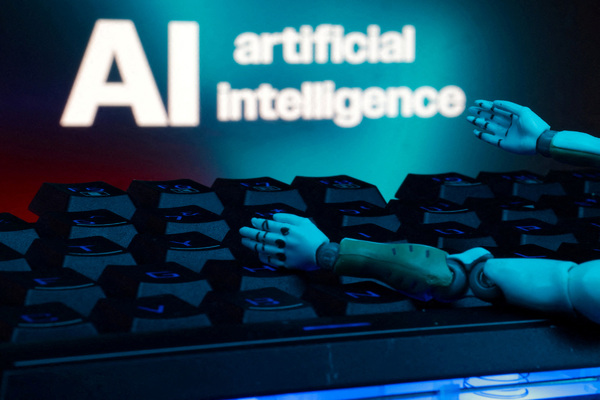Business Reporter: Whistleblowing in supply chain transparency
On 26 March 2025, AI Talk and DigitalTransformationTalk host Kevin Craine was joined by David Cuesta, Business Consulting Director - Technology Innovation for the Energy Transition - Hydrogen CCUS practice leader at NTT Data Europe and Latam; and Michael Nicolai Lawrie Bergengruen, Energy & Utilities Executive Manager at NTT DATA.
Views on news
In a European energy market heavily affected by geopolitical upheavals and volatility, energy companies face growing challenges when balancing profitability, energy security and sustainability. Advanced digital technologies and AI-based solutions are now helping companies up and down the value chain navigate these competing demands and better position themselves for long-term success.
Digital technologies will enable the energy sector to be more efficient and manage the increasing complexity of the grid resulting from the integration of renewables, as well as optimise the flexibility of the grid.
Also, most of the technology used in the sector hasn’t reached its maturity yet –grids are far from being completely digitalized.
Meanwhile, leading companies find it challenging to keep their position in a transitioning energy sector. As electric networks connect a multitude of different devices that can serve as backdoors to critical infrastructure, cybersecurity is another important issue. It’s a strategic decision for companies whether they want to wait and become late adopters or to experiment with technology.
Aligning R&D&I strategies with business objectives
First you must be able to answer the question why you’re innovating and then allocate a budget for both short and long term investments. Measuring innovation is a complex task and therefore it’s key that there is an agreement between the innovation function and the business on how they measure success.
There are two types of metrics – one for measuring processes to see whether you are in fact dedicating your efforts to the right areas to achieve your goals and another group of metrics for measuring the impact itself. As the innovation function usually tries to overstate the positive impact of pilots before upscaling, business tends to downplay the same impact. The finance department can act in this context as an independent auditor.
To be effective, innovation efforts must be centralised and integrated across departments. A governing body or a centre of excellence are two different ways of ensuring collaboration between a rather diverse group of stakeholders involved in an energy project. Departments also need to be aware of the capabilities of the innovation function, so they can know what resources they can exploit to improve their performance.
The circle of people involved in finding the right technologies and identifying use cases must be kept as wide as possible. Gen AI can play a central role in democratising access to knowledge and drive better decisions including the ones on technology procurement.
The panel’s advice
- Narrow it down to a few metrics which are closely linked to your targets.
- Businesses should strike a balance between in-company and external innovation.
- Rotation programmes, where employees spend a period of time working in the innovation department and where their innovative ideas are recognised can contribute to the prevalence of an innovation mindset within the organisation.
- Embrace innovation with a view of bringing value to the organisation.

Business Reporter Team
You may also like
Most Viewed
Winston House, 3rd Floor, Units 306-309, 2-4 Dollis Park, London, N3 1HF
23-29 Hendon Lane, London, N3 1RT
020 8349 4363
© 2025, Lyonsdown Limited. Business Reporter® is a registered trademark of Lyonsdown Ltd. VAT registration number: 830519543





